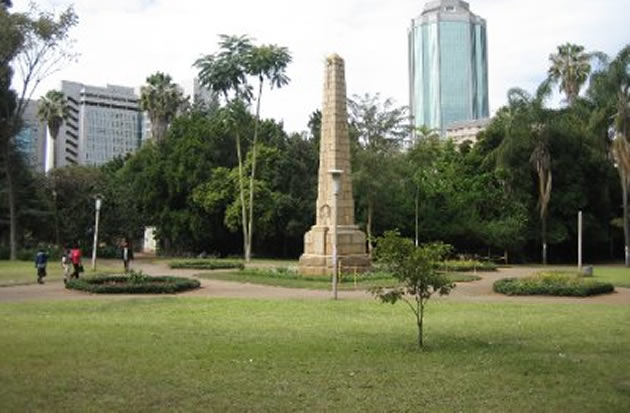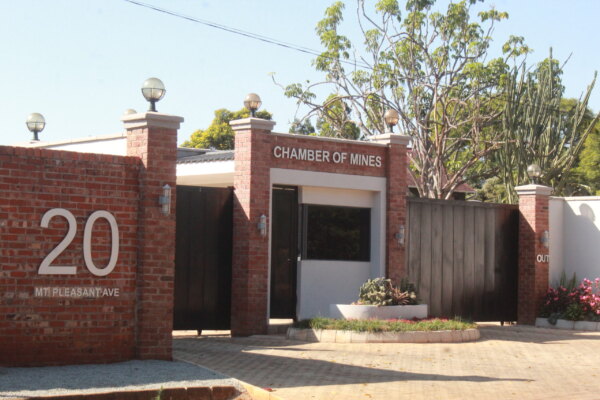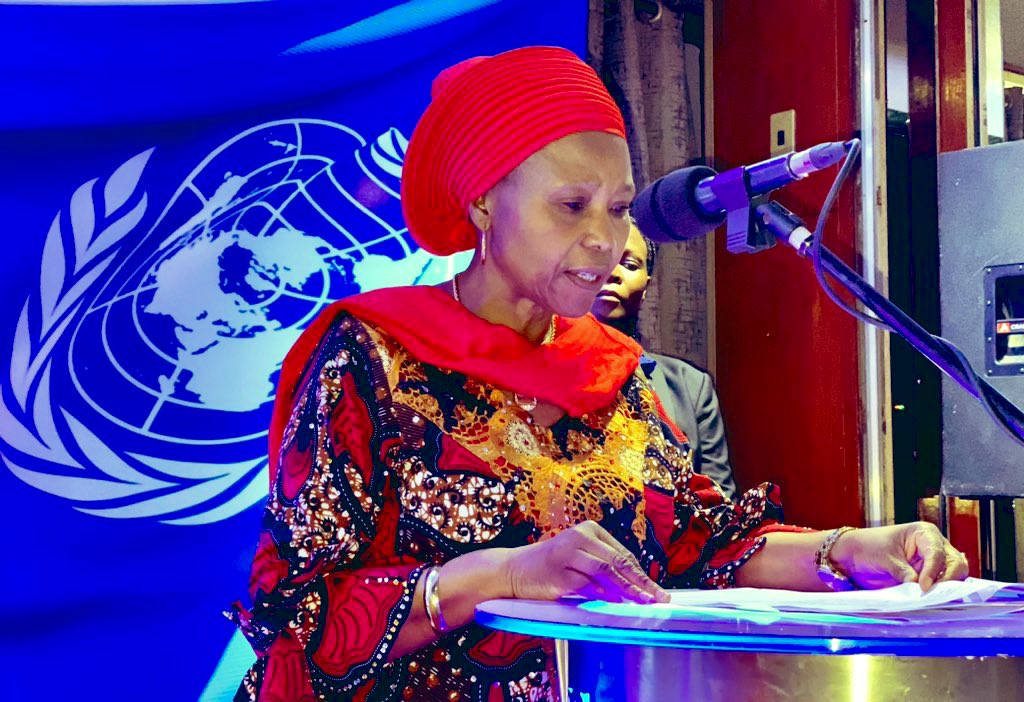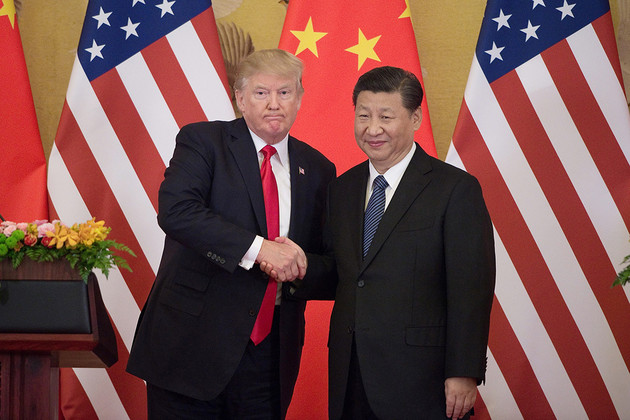Zimbabwe is racing against time to find effective and sustainable ways to eliminate the use of mercury, which is widely used by small miners in processing gold, in line with dictates of global treaty dubbed The Minamata Convention that seeks to phase out the toxic substance by 2022.
The Minamata Convention on Mercury is an international treaty designed to protect human health and environments from environmentally unfriendly emissions emanating from humanly (anthropogenic) activity, releases of mercury and mercury compounds.
It was agreed at the fifth session of the Intergovernmental Negotiating Committee on mercury in Geneva, Switzerland on 19 January 2013 and adopted later that same year on 10 October, at a Diplomatic Conference that was held in the Japanese city of Kumamoto.
The Minamata Convention entered into force on August 16 2017, the 90th day after the deposit of the 50th instrument of ratification, acceptance, approval or accession. Thus far, 105 countries have ratified it.
And it is now about 50 years since the most horrific mercury poisoning disaster the world has ever seen took place in Minamata, Japan, jolting the world into taking action against continued use of mercury.
Yet it emerged from a recent Environmental Management Authority (EMA) tour of artisanal gold mining operations in Midlands that few artisanal gold miners had appreciation of risks associated with the use of mercury, with most of them lacking protective clothing among other safety measures.
Over 50 tonnes of mercury is used annually in gold processing, while studies on the effects on environment and human health proved that gold stamp milling centres were the main centres of mercury pollution.
The economic impact of Mercury in Zimbabwe
But banning the use of mercury, on account of its health and environmental implications may have serious negative impact on gold production in Zimbabwe, according to some observers.
The country gets 63 percent of its bullion from small scale miners; the majority of whom predominantly use mercury to recover gold from the ores.
The southern African country's gold production reached 34 tonnes last year, which is 6,3 percent ahead of the target for the year of 32 tonnes, with small scale miners accounting for 22 tonnes of the annual haul.
Zimbabwe Miners Federation (ZMF) chief executive officer Wellington Takavarasha, said a national action plan team had been constituted to come up with proposals on how the country could comply with the Minamata Convention and find alternatives for mercury.
"Each country that is a signatory (to the Minamata Convention) has been given time to find alternative (to mercury) so that artisanal miners who use mercury mainly for their amalgamation processes to recover gold find an alternative (mechanism)," Takavarasha said.
Zimbabwe yet to ratify the treaty
"Most countries have ratified, but Zimbabwe is yet to ratify. Why? Because there is a large number of people that are involved in artisanal mining and the alternatives are expensive (or not very effective),' he said.
Efforts to get a comment from Mines and Mining Development Minister Winston Chitando, were not successful, as he did not respond to questions on what role Government was playing in the search for affordable, effective and sustainable substitute for mercury.
However, over 500 000 small gold miners, with more than 3 million dependants, eke out a living from informal extraction of gold, which together with platinum generate more than three quarters of mineral exports.
Gold mining is strategically important to Zimbabwe, accounting for 25 percent of total annual exports, 7 percent of gross domestic product, contributes US$140 million to fiscus, accounts for 28 percent of foreign investment and employs 12 000 out of 40 000 people employed by the entire mining industry.
"So, there is a national steering committee that is looking into that trying to come up with alternatives, but still have not found the alternatives," the ZMF CEO said in an interview.
The national action plan, which is expected to be availed and presented to the Government sometime in June this year, states and stipulates the timelines and periods within which specific measures have to be undertaken, as per requirements of the secretariat of the Minamata Convention.
Takavarasha said while the timelines in the intervening period to 2022 did not call for immediate stop in the use of mercury in gold mining, efforts were recommended for everything possible to limit and eliminate the use of mercury.
"Even the manufacturers of mercury are going to stop manufacturing, so Zimbabwe has no choice; it just has to find a solution to the issue.
"The only alternatives (currently) available in Zimbabwe are the more expensive gold processing plants such as the CIPs and the CILs; which do not use mercury 100 percent, for artisanal miners, that equipment is very expensive," Takavarasha said.
"The artisanal gold miners use hammer mills; each and every time they use the hammer mills, inevitably, in the amalgamation process to recover the gold, use mercury and its unavoidable that they use that."
Effects of mercury on humans
Studies have shown that the exposure to mercury - even small amounts - may cause serious health problems, and is a threat to the development of the child in the uterus and early in life. Mercury may have toxic effects on the nervous, digestive and immune systems, and on lungs, kidneys, skin and eyes of affected people.
- eBusiness Weekly
 Harare gardens faces partial privatisation
Harare gardens faces partial privatisation  Starlink plans to go big in South Africa
Starlink plans to go big in South Africa  'Some very strange things are happening in China!'
'Some very strange things are happening in China!'  Zimbabwe's dollar stock exchange surges 45%
Zimbabwe's dollar stock exchange surges 45%  Gold edges up as traders await guidance
Gold edges up as traders await guidance  Gold shatters $4,000 milestone
Gold shatters $4,000 milestone  Young Investment Professional (YIP) Graduate Programme 2019
Young Investment Professional (YIP) Graduate Programme 2019 










 Young Investment Professional (YIP) Graduate Programme 2019
Young Investment Professional (YIP) Graduate Programme 2019
Editor's Pick